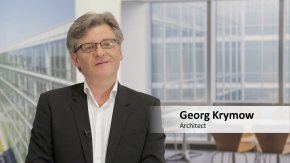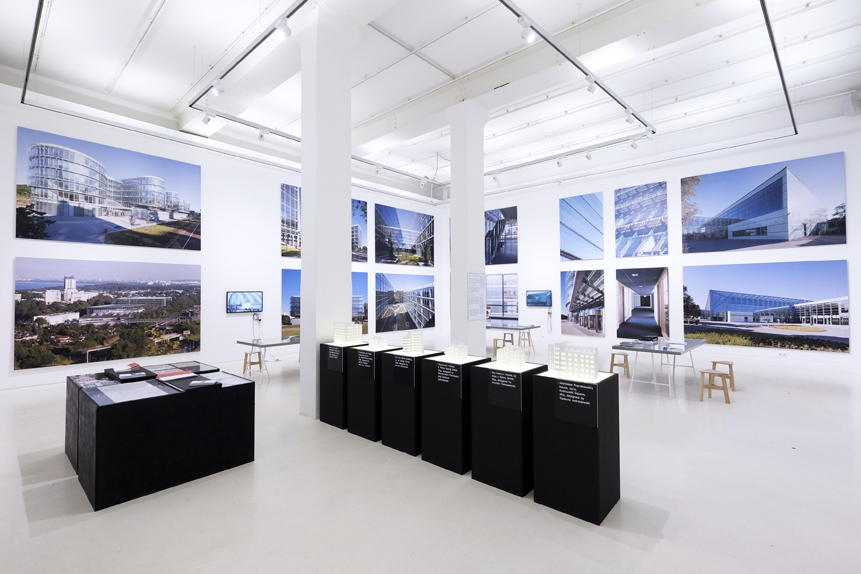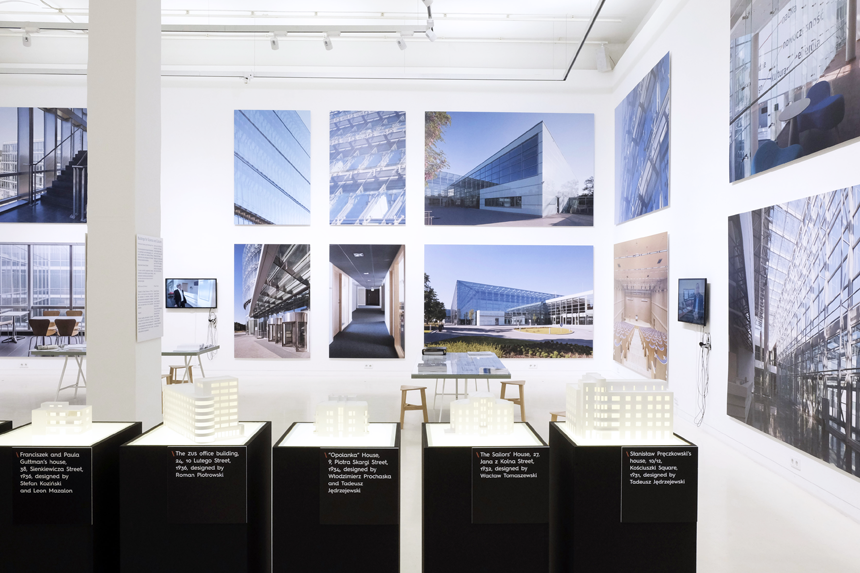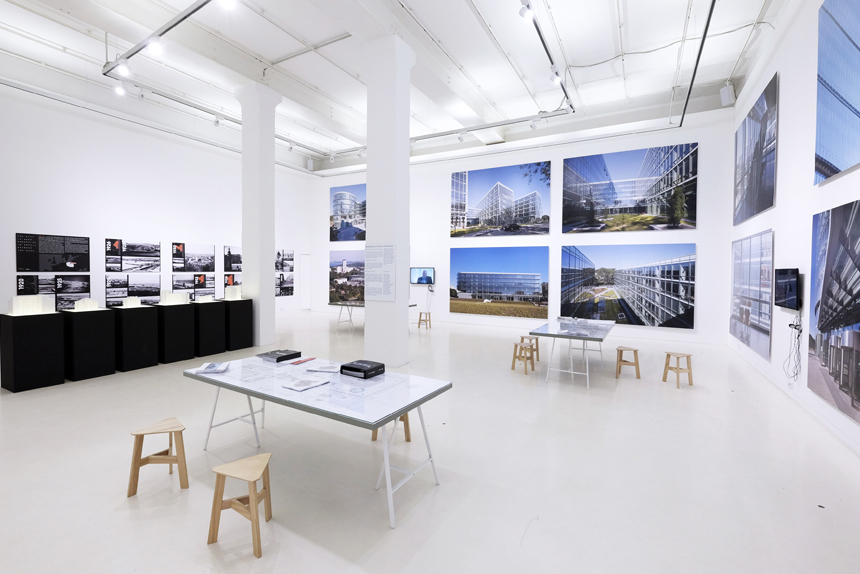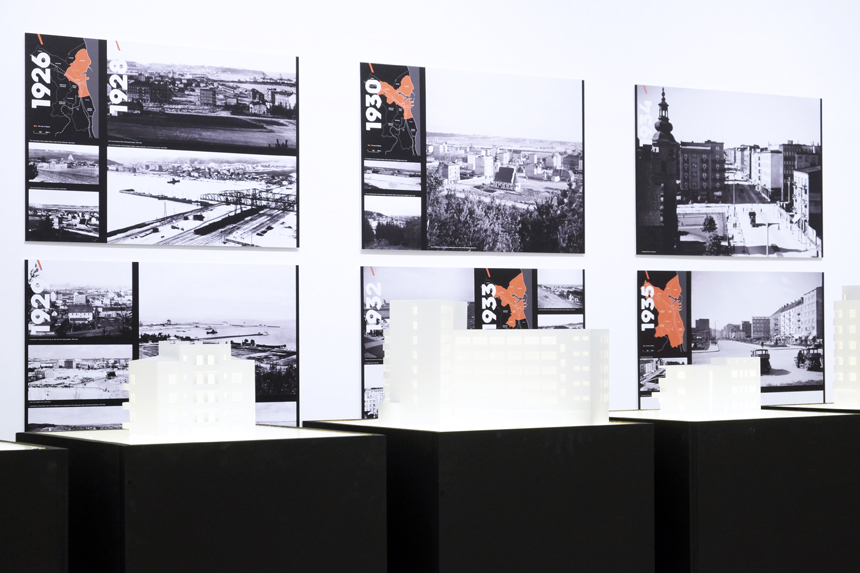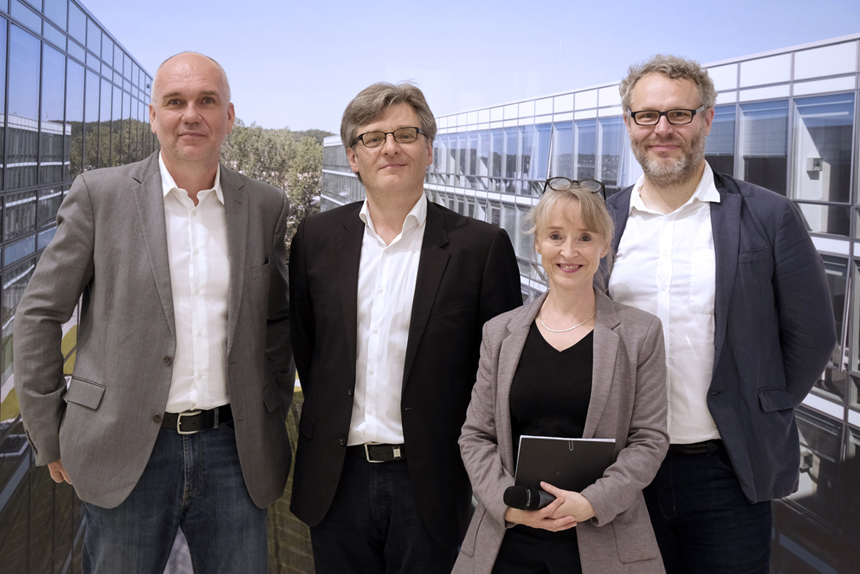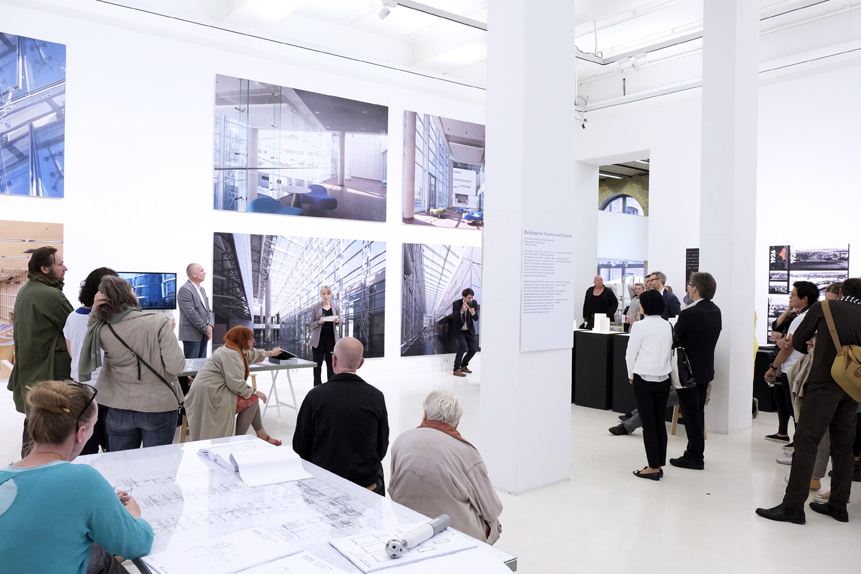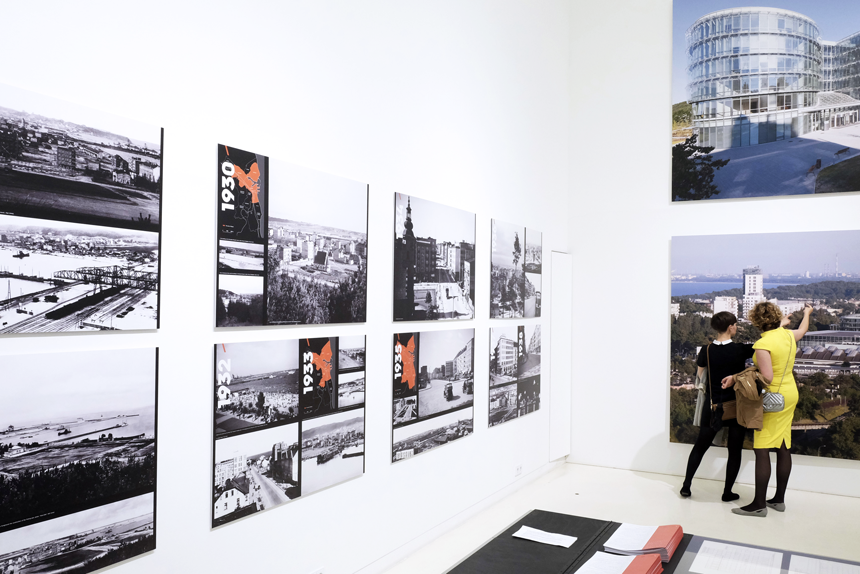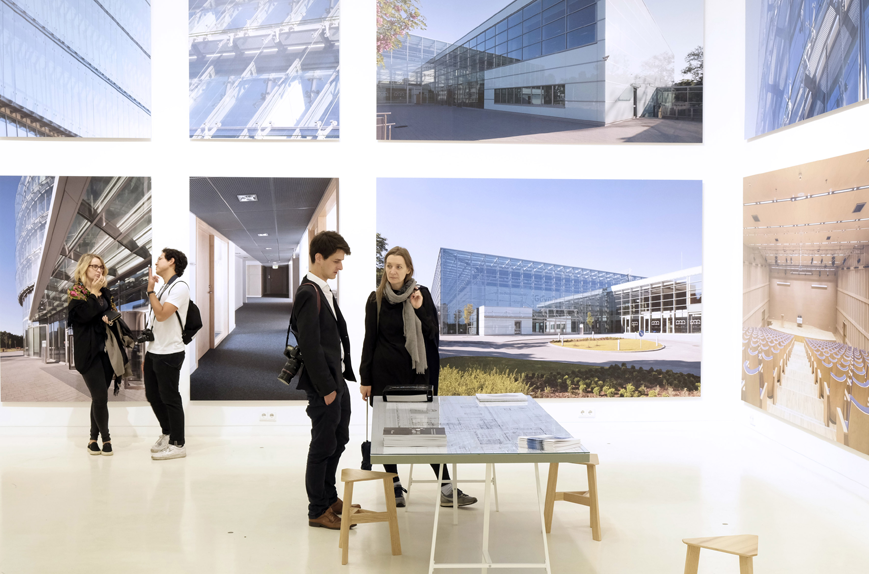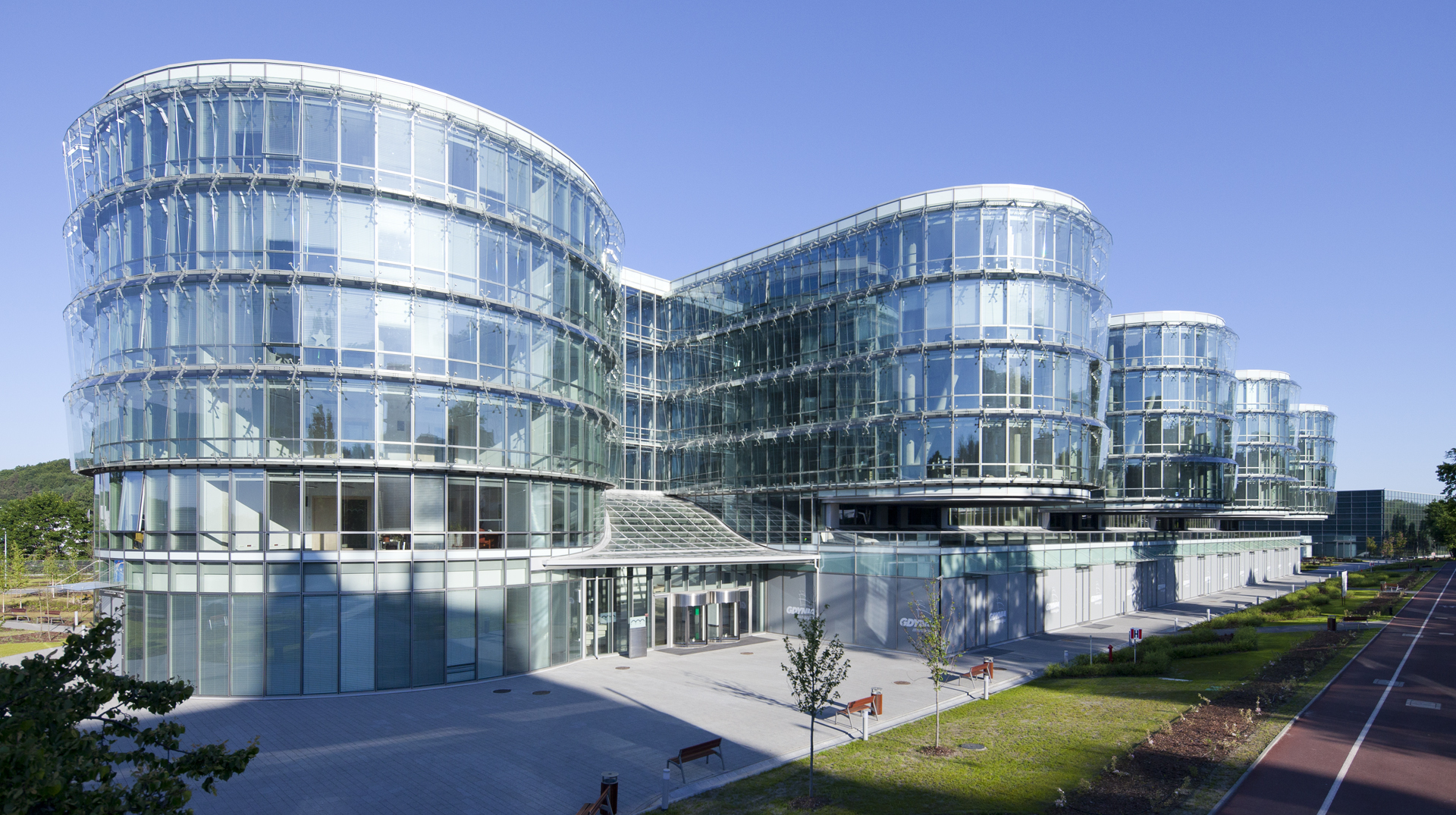With around 250,000 inhabitants, the port city of Gdynia (Gdingen) on the Gulf of Gdańsk ranks among the twelve largest cities in Poland. It is a modern center for maritime affairs, international trade, science, and culture, as well as for sports and tourism. A long-standing goal of Gdynia’s urban planners has thus been to expand the city’s Redłowo district along the railway to Danzig, and to promote economic development by attracting new companies and creative start-ups.
Founded in the year 1253 as a small Kashubian fishing village, Gdynia developed during the 1920s and ‘30s into a flourishing trading town due to its strategic location on the Baltic Sea. During this time, the rapidly expanding seaport was characterized by the construction of "white modernist" architecture, which continues to shape Gdynia's cityscape today. The public buildings and the port facilities in particular reflect stylistic elements derived from naval architecture. These include porthole-like windows, building forms emulating the shape of a ship's hull, and rooftop superstructures reminiscent of the navigation bridge. The city’s architects were among the most important of their time in Poland, and included the likes of Włodzimierz Prochaska, Roman Piotrowski, Tadeusz Jędrzejewski, and architect teams Zbigniew Kupiec & Tadeusz Kossak and St. Płoski & K. Krzyżanowski.
This exhibition presents the current urban developments in Gdynia, with particular focus on the transformation and expansion of the Redłowo district, located between the city center and the neighboring town of Sopot, into a new hub for business, science, and culture. The conversion of historic warehouses, infrastructural development, and numerous new buildings are attracting companies in the fields of computer science, biotechnology, telecommunications, product design, environmental protection, and the service industry. Additionally, new spaces are being established for exhibitions, meetings, and conferences. Plazas and green spaces will be expanded to offer new recreational areas for residents and visitors to the city.
A prominent urban development project in Gdynia is the 'Pomeranian Science and Technology Park' by the architectural firm AEC Krymow & Partners, completed in 2013. The complex, whose design language is inspired by the city’s historic modernist architecture, was built on the former site of the Redłowo trolleybus depot. With an area spanning more than 80,000 square meters, it comprises office space, laboratories, and the Experyment Science Center.
Augmented by a variety of charts, photographs, and film excerpts, the exhibition traces the evolution of this Polish city and its architecture. It presents the revitalization and expansion plans for Gdynia’s industrial area, introduces the Pomeranian Science and Technology Park project, and advances the discourse on urban development, Modernism, innovation, and new solutions in the realm of architectural design and materials.
SPONSORS
The exhibition was made possible with the generous support of
Honorary Patronage of the Mayor of Gdynia, Gdynia City Museum, Aluprof SA, Porolet


